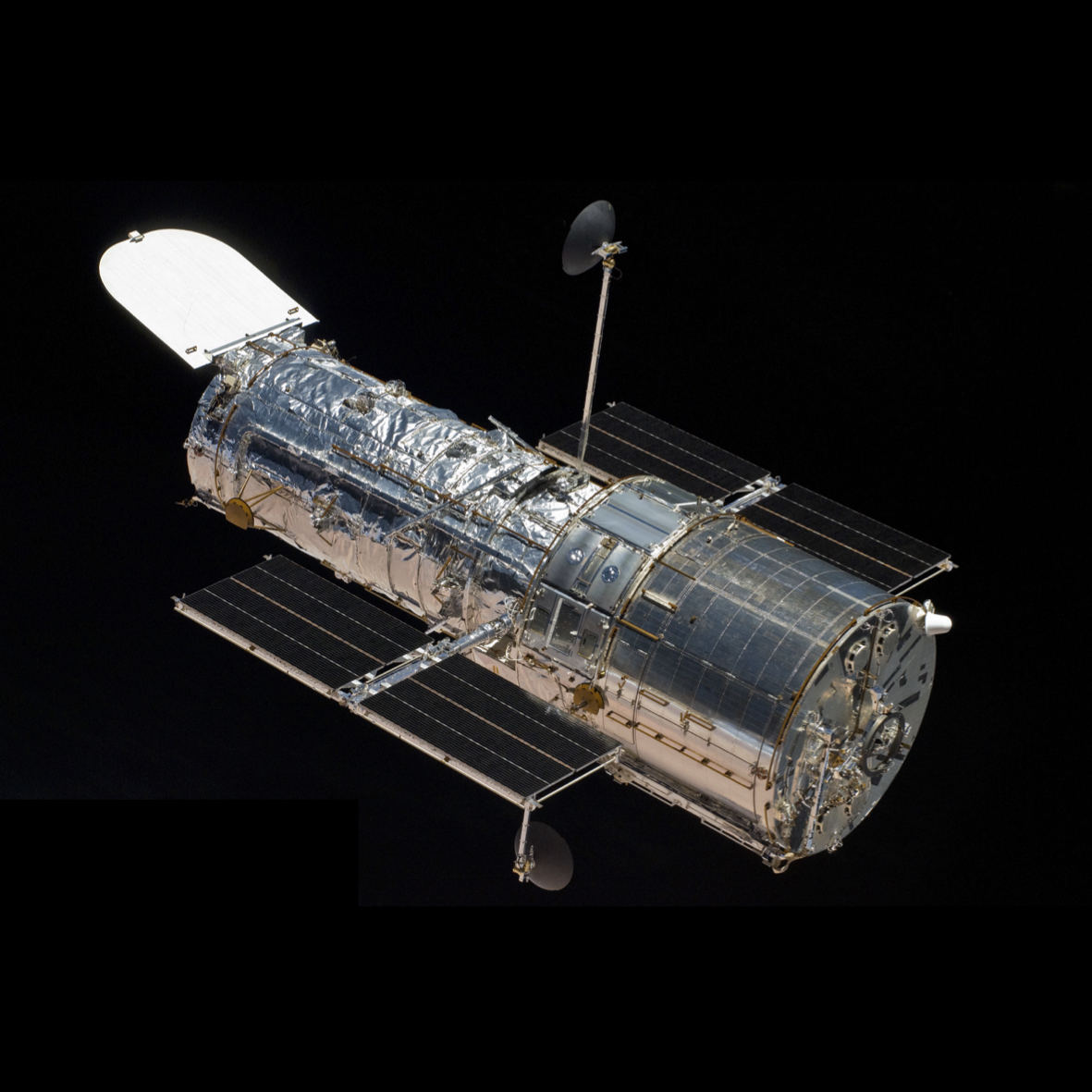Today, more that 3500 exoplanets have been detected and, despite the significant progress in the field of atmospheric characterisation in the last decade, we still have a limited understanding for a small number of planets. Similarly to the field of exoplanetary detection, atmospheric population studies are the way forward in constraining which is the current condition of planets, how did they form, and how have they evolved. One of the most successful instruments for observing exoplanetary atmospheres is the Wide Field Camera 3 (WFC3) onboard the Hubble Space Telescope. In particular, the use of the spatial scanning technique has given the opportunity for even more efficient observations of the brightest targets, achieving the necessary precision of 10 to 100 ppm to the flux of the star. Read More
In the last two and a half decades, we have undergone what is best described as a second Copernican revolution. The discovery of extrasolar planets - i.e. planets orbiting other stars - has fundamentally transformed our understanding of planets, solar systems, their formation histories and our place in the grander scheme of the Milky Way. The field of exoplanetary spectroscopy is as fast moving as it is new. Analysing currently available observations of exoplanetary atmospheres often invoke large and correlated parameter spaces that can be difficult to map or constrain. This is true for both: the data analysis of observations as well as the theoretical modelling of their atmospheres. Modelling both sets of correlations in data and modelling is key to understanding the nature of exoplanet atmospheres. The fields of deep learning and machine learning have recently revolutionised many fields of science and industry. This project is trying to do the same for extrasolar planets by making current algorithms more precise and more generally applicable. Exoplanets have truly moved into an era of big-data, with future space missions and ground based surveys bringing a wealth of data. By adopting a holistic approach and look at, say, all data ever taken by an instrument, it becomes possible to gain a new and improved understanding of how to calibrate the instrument. Deep learning is ideally suited for this task. Read More
ARIEL(Atmospheric Remote-sensing Exoplanet Large-survey) is the next M4 mission by the European Space Agency (ESA), due for launch in 2028. The goal of the ARIEL mission is to investigate the atmospheres of several hundreds planets orbiting distant stars in order to address the fundamental questions on how planetary systems form and evolve. During its 4-year mission, ARIEL will observe 1000 planets exoplanets ranging from Jupiter- and Neptune-size down to super-Earth size in the visible and the infrared with its meter-class telescope. The analysis of ARIEL spectra and photometric data will allow to extract the chemical fingerprints of gases and condensates in the planets' atmospheres, including the elemental composition for the most favorable targets. It will also enable the study of thermal and scattering properties of the atmosphere as the planet orbit around the star. Read More
ExoWorlds Spies is a long-term project to monitor transiting exoplanets with small and medium- scale telescopes. The project aims to improve the parameters and ephemerides of known transiting exoplanets, in support of future space missions such as the JWST and ARIEL. Read More
The last twenty years have witnessed an exceptionally fast development in the field of the extra solar planets. The known exoplanets, almost 4000 to date, already show how diverse the planets in our galaxy can be. While the detection of exoplanets is an important ongoing field of activity, the characterization of their atmosphere has just begun and it is developing very rapidly. A lot can be learnt from spectroscopic observations of an exoplanet atmosphere; the molecular composition of giant exoplanet atmospheres can trace the planet's formation and evolution; the atmosphere of rocky exoplanets can host biosignature gases. However, the observations are challenging because the signal is often embedded in instrumental and telescope systematic noise. In the ExoplANETS_A project, we will develop novel data calibration and spectral extraction tools, as well as novel retrieval tools, based on 3D models of exoplanet atmospheres, to exploit archival data from ESA Space Science archives (HST) combined with NASA Space Archives (Spitzer, Kepler) and produce a homogeneous and reliable characterization of exoplanet atmospheres.... Read More







